The Japanese covered bridge
The Japanese Covered Bridge or Cau Chua Pagoda (in Vietnamese “Cau Nhat Ban”) is one of the most famous tourist attractions in Hoi An, Vietnam.

Location: The Hoi An Japanese Bridge crosses a small canal on the west end of the Old Town, connecting Nguyen Thi Minh Khai Street to Tran Phu Street - the main thoroughfare along the river. Art galleries and cafes line both sides of the peaceful street beyond.
Remarks: There are no restrictions with regards to dress code and the bridge is always open. Although anyone can photograph the bridge, crossing the Hoi An Japanese Bridge requires a coupon included in the entry fee ($4.50) for Hoi An's Old Town attractions. A lack of coupon isn't always a problem for crossing the bridge; tickets are rarely checked.
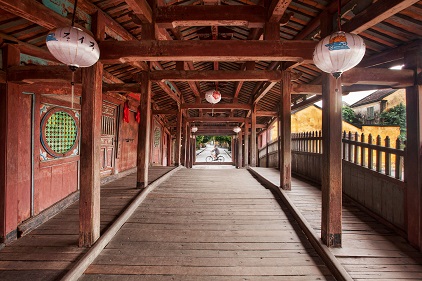
The original Vietnamese name of this bridge is “Lai Vien Kieu”. It is considered that the Japanese Covered Bridge belongs to the Japanese community in Hoi An, and was built in the early seventeenth century. No trip to Hoi An would be completely without visiting Japanese Covered bridge. The Japanese Covered Bridge in Hoi An is a beautiful example of the Japanese architecture of the period. The bridge was constructed with a roof so that it could be used as a shelter from both rain and sun. At one end of the bridge, there are 2 sculptures – of a dog and of a monkey. These two animals are symbols of sacredness in Japanese culture. Another reason behind these animal sculptures is that according to the Asian zodiac signs, in the year of the monkey and the year of the dog many of the Japanese Emperors were born. Records also say that the construction of the bridge was initiated in the dog year and was finished in the monkey year
Inside the Japanese Covered Bridge lies a temple of the northern God Tran Vo Bac De. This God is considered the God of Weather. People believe that He controls all kinds of weather changes and natural calamities, so the sailors both worship and fear Him. Another theory is the bridge is built to subdue a world-spanning ‘mamazu’ dragon monster, whose head was in India and tail in Japan. The tail was said to cause earthquakes in Japan. Vietnam is located in the area of the mamazu’s back so the bridge was built to pin the mamazu down preventing earthquakes.
The Japanese bridge has undergone relatively few modifications over the centuries. The French removed thresholds and leveled the road across the bridge to support motorized vehicles during their colonization. The changes were later undone and the bridge pedestrianized again during major restoration in 1986.
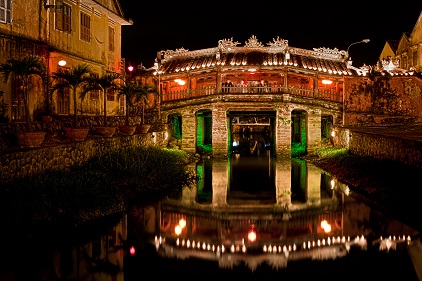
Although anyone can photograph the bridge, crossing the Hoi An Japanese Bridge requires a coupon included in the entry fee ($4.50) for Hoi An's Old Town attractions. A lack of coupon isn't always a problem for crossing the bridge; tickets are rarely checked.
See more
-
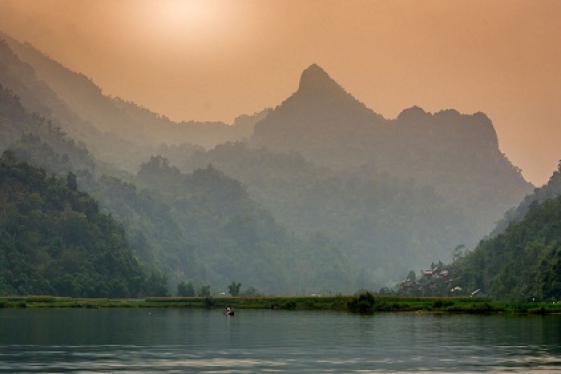
Ba Be Lake
Ba Be lake is one of the most 16 th beautiful lake and one of the most one hundered largest freshwater lake in the world. Ba Be lake is a destination that you should not...
-
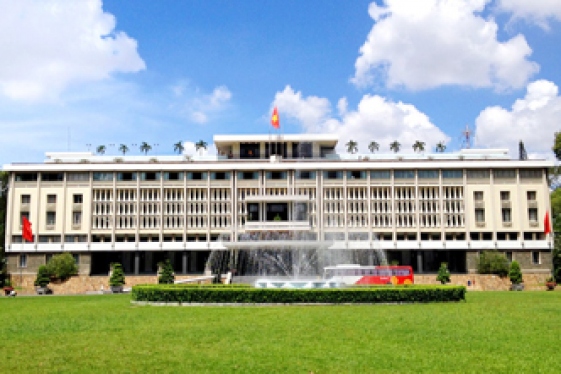
Reunification Palace
Reunification Palace is (known as Independence Palace) the famous historical witness which passed through the two fierce wars against the French and American...
-

Phong Nha - Ke Bang National Park
Mother land gives Quang Binh a spectacular and pristine landscape, Phong Nha – Ke Bang national park. It is the harmony of the primeval forest and Son River, along...
-
.jpg)
Minh Mang tomb
Minh Mang Tomb is in Huong Tho Commune, Huong Tra District, on the west bank of Perfume River and about 12km south of Hue City center. This place is where 2 tributaries join...
-
.jpg)
Long Bien Bridge
If Hoan Kiem Lake with special green water and the red bridge named The Huc is the symbol of an elegant and charming ancient city; Red river and Long Bien bridge may be seen...
-
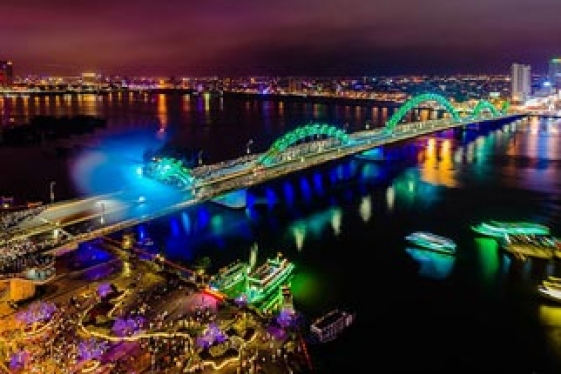
Dragon Bridge
Danang is also famous for the city of bridges as : Ha river Bridge, Tran Thi Ly Bridge, Dragon Bridge, Thuan Phuoc Bridge. And Dragon Bridge may be the most famous...
-
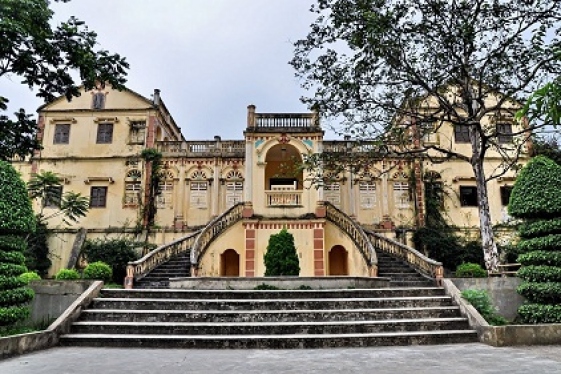
Hoang Yen Chao Castle
Hoang Yen Chao Castle is a unique architectural construction combining Eastern style and Western style. Built in the 20th century, it belongs to Na Hoi Tho Village, Bac Ha...
-
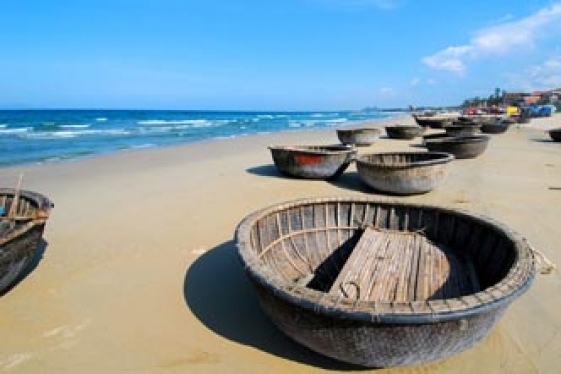
My Khe beach
The Mother Nature has endowed Danang dynamic city with the unique and stunning beauty of My Khe beach. My Khe Beach is recognized as one of the most beautiful beach of...
-
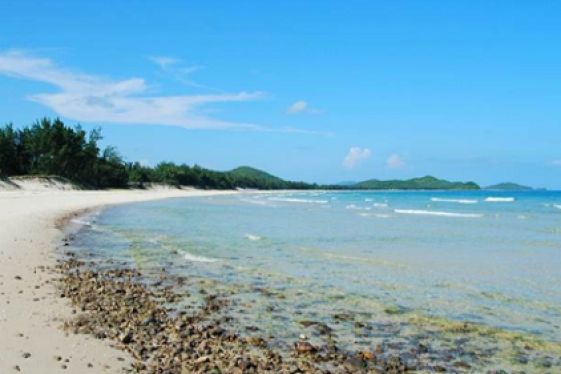
Quan Lan Island
Quan Lan Island is located within the area of Bai Tu Long Bay, stretching on a total area of 11 square kilometers, from Van Don mountains to Giot Mountain.
-
.jpg)
Hue Imperial Citadel
Famously being one of Vietnam’s seven UNESCO World Heritage Sites, the Imperial City of Hue has long been a must-see attraction for tourists visiting a hidden charm of...
Destinations
Most popular tours
-
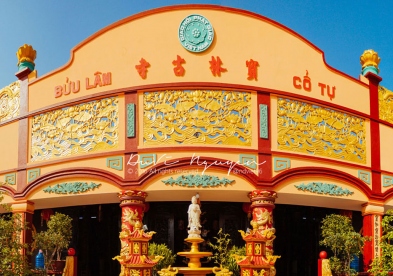
Mekong Delta Farmstay
Price from: 90 US$
-
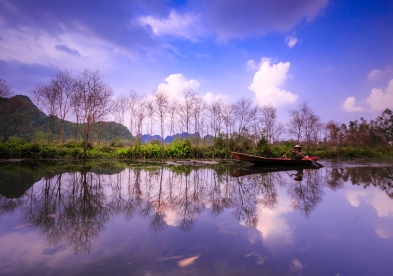
Hanoi - Perfume Pagoda 1 Day
Price from: 28 US$
-

Bai Dinh Pagoda & Trang An
Price from: 31 US$
-

Quan Lan Gateway
Price from: 113 US$
Business info
Vietnam Local Guide
- Address: 18th Floor, VTC Online Tower, 18 Tam Trinh Str.,Hai Ba Trung Dist., Hanoi, Vietnam
- Email: info@vietnamguider.com
- Phone: (+84) 0904989890
- Hotline: (+84) 0904989890